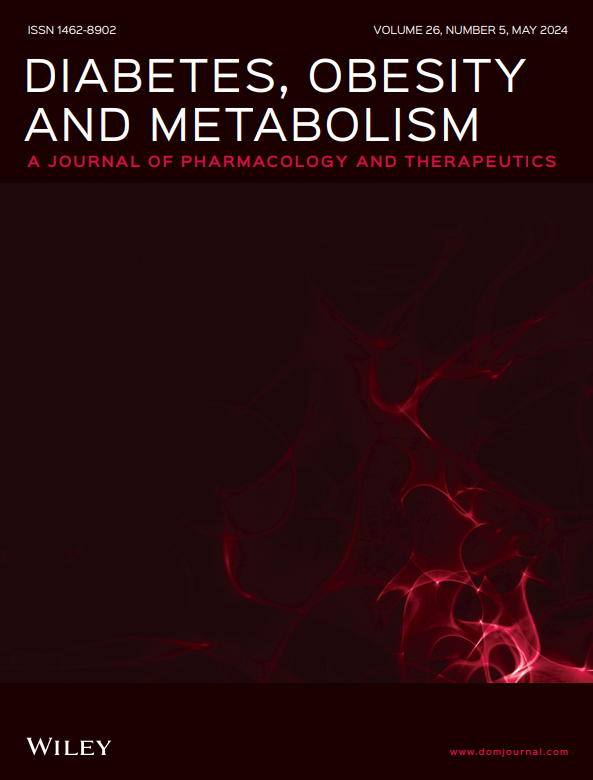A1c versus oral glucose tolerance test for chronic glycemic surveillance in women with previous gestational diabetes
Abstract
Aims
Women with gestational diabetes (GDM) are advised to undergo an oral glucose tolerance test (OGTT) within 6 months postpartum, owing to their elevated risk of developing pre-diabetes/diabetes. However, the optimal approach to glycemic surveillance in the years thereafter is unclear. We thus sought to compare OGTT, fasting glucose and A1c for chronic monitoring of women with previous GDM.
Materials and Methods
At both 3-years and 5-years postpartum, 111 women with previous GDM had glucose tolerance assessed with A1c, fasting glucose and OGTT, with concomitant evaluation of insulin sensitivity/resistance (Matsuda index, HOMA-IR) and beta-cell function (Insulin Secretion-Sensitivity Index-2 (ISSI-2), insulinogenic index/HOMA-IR (IGI/HOMA-IR)).
Results
At 3-years postpartum, no women were identified with dysglycemia (pre-diabetes/diabetes) by fasting glucose alone. Instead, dysglycemia was diagnosed in 10 women by A1c alone, 24 women by OGTT alone and 16 women by both A1c and OGTT. Beta-cell function progressively worsened from those diagnosed by A1c alone to OGTT alone to those meeting both criteria (ISSI-2: p < 0.001; IGI/HOMA-IR: p = 0.01). At 5-years, dysglycemia was diagnosed in 13 women by A1c alone, 27 by OGTT alone and 21 by both measures. Beta-cell function again progressively decreased from A1c alone to OGTT alone to both (ISSI-2: p < 0.001; IGI/HOMA-IR: p < 0.001) but was now accompanied by worsening insulin sensitivity/resistance (Matsuda index: p < 0.001; HOMA-IR: p = 0.002) and rising fasting glucose (p = 0.008) across these groups.
Conclusions
In women with previous GDM, dysglycemia on OGTT identifies a higher risk metabolic phenotype than when diagnosed by A1c, suggestive of more informative and robust glycemic surveillance by OGTT.



 求助内容:
求助内容: 应助结果提醒方式:
应助结果提醒方式:


